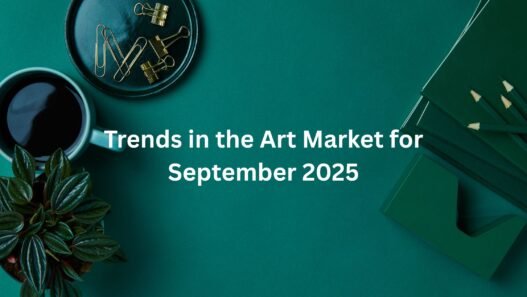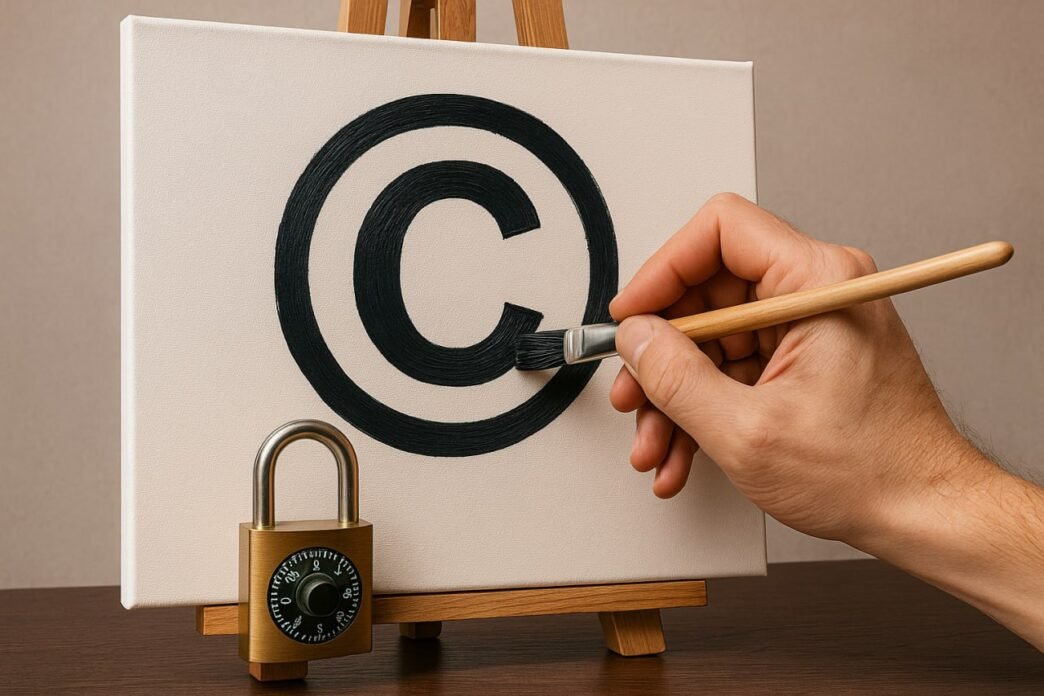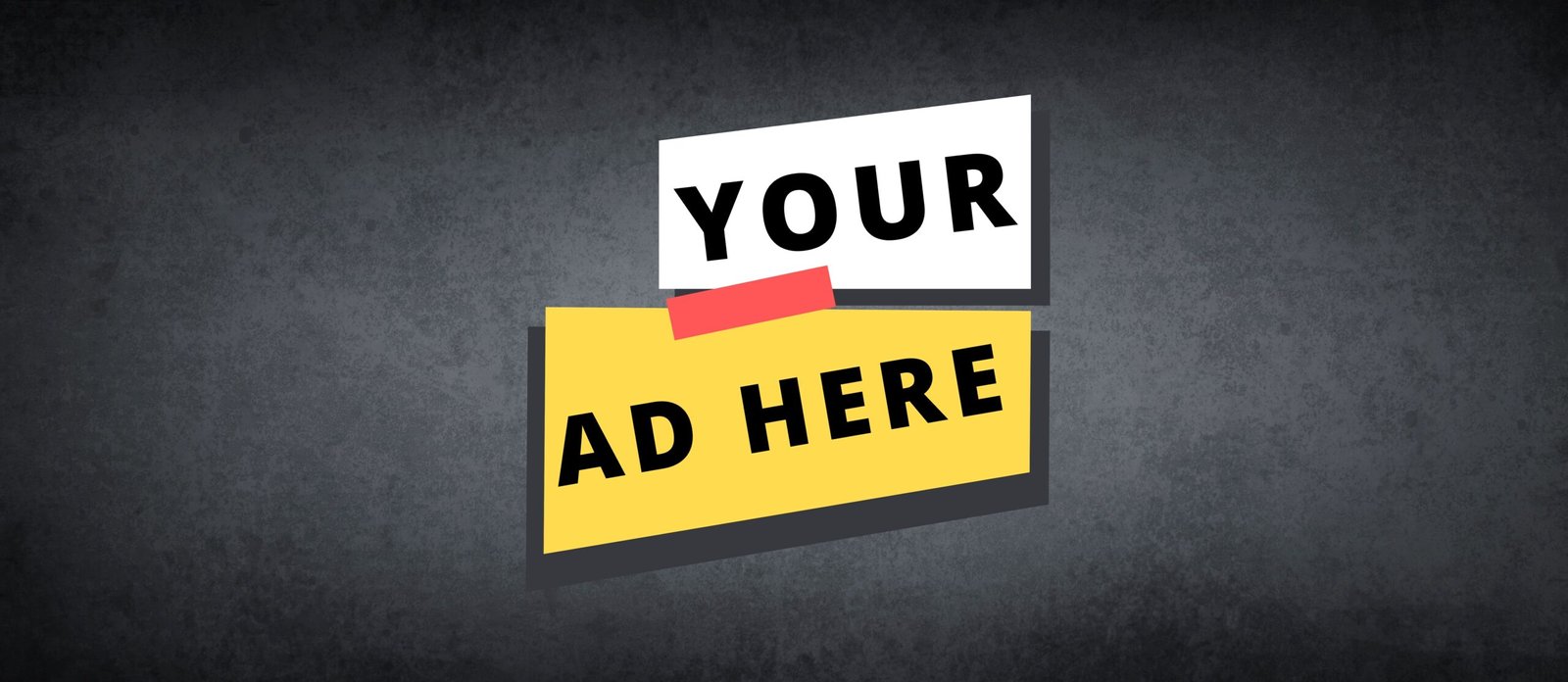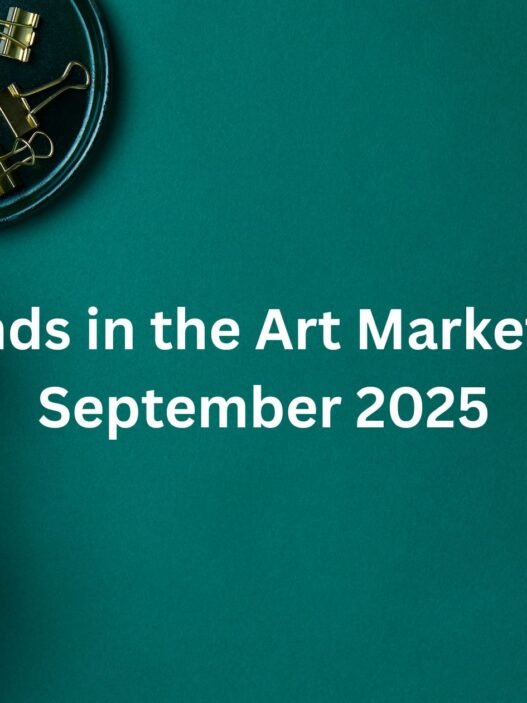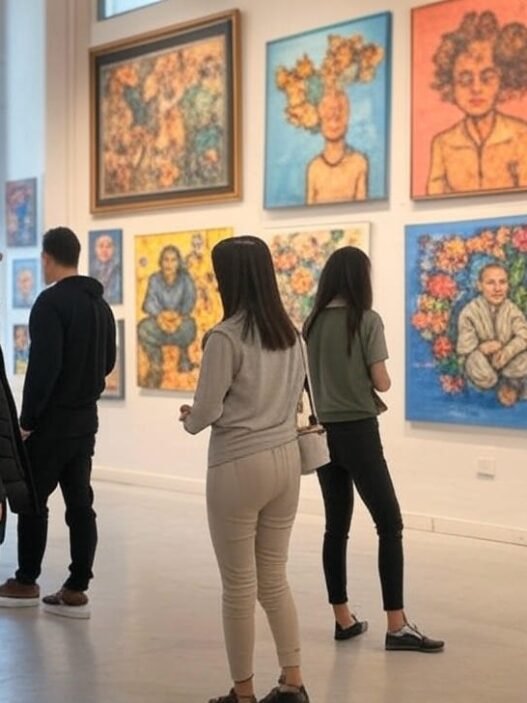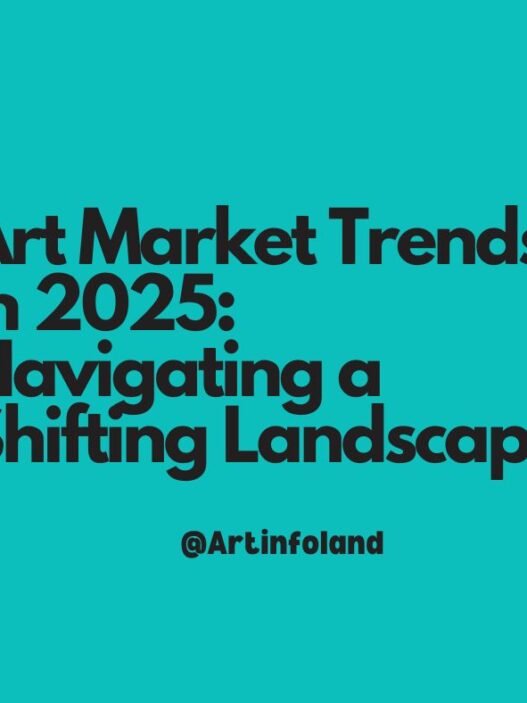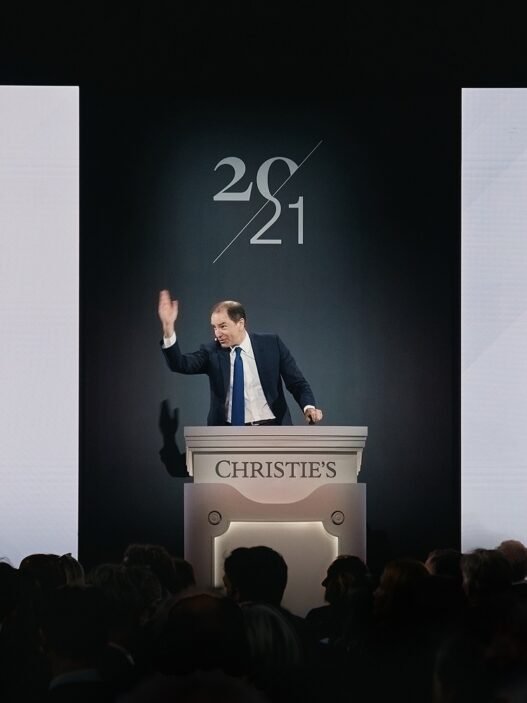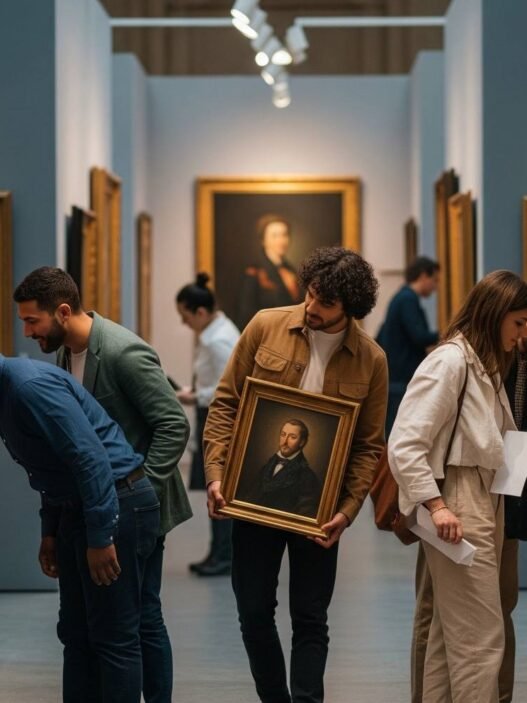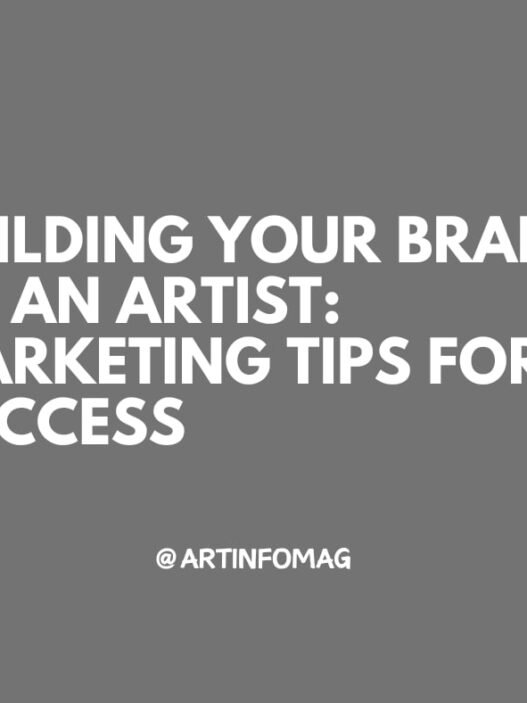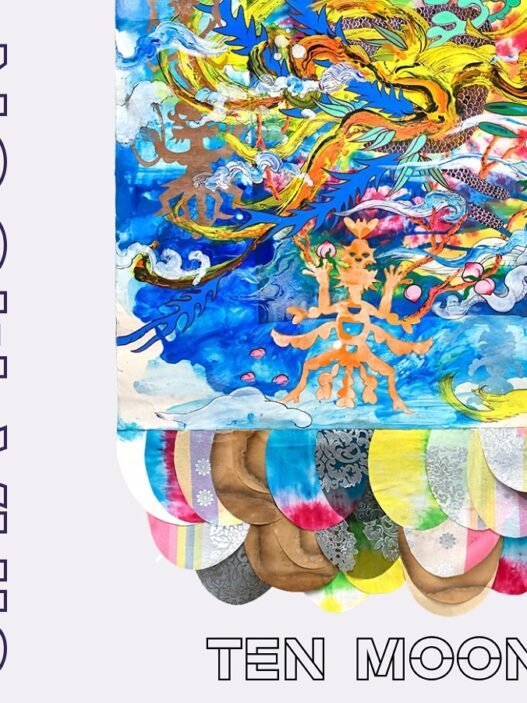Why Copyright Knowledge Empowers Artists
For artists navigating the increasingly global and digital art world, the question isn’t whether their work might be copied or misused, it’s when. From Instagram reposts without credit to commercial reproductions of original works, copyright issues are becoming central to artistic careers. And yet, many artists remain unclear about the legal frameworks that could protect them.
This article offers clear, actionable guidance on how copyright works, what rights it grants artists, and how creatives can assert those rights with confidence. Whether you’re an emerging painter or an established multimedia artist, these legal fundamentals matter.
What Is Copyright? A Practical Definition for Artists
Copyright is a legal framework that protects original works of authorship, including visual art, photography, video, writing, and even sound. It automatically applies to your work the moment it’s created and ‘fixed in a tangible medium’, meaning it’s saved, published, drawn, painted, or otherwise made real.
Important distinction: Ideas are not protected by copyright, only their tangible expressions are. So while your concept for a sculpture series isn’t protected, the actual sculptures you produce are.
In most countries (including those abiding by the Berne Convention), registration is not required for your work to be protected. However, registering can give you additional rights, especially in legal disputes.
How to Protect Your Artwork Without a Lawyer
While you don’t need to be a lawyer, or hire one, to protect your creations, there are several key practices every artist should know:
1. Keep records of creation: Maintain high-resolution files, dated sketches, drafts, or process videos. These can act as evidence of authorship if you ever need to assert your rights.
2. Use digital watermarks or metadata: Inserting metadata (e.g., author name, creation date) or a discreet visual watermark can deter unauthorized use, especially on social media.
3. Display copyright notices: Adding a small © symbol with your name and the year (e.g., © Artist Name 2025) helps remind viewers that the work is legally protected.
4. Consider formal registration: In the U.S., U.K., and some other countries, registering your work with a copyright office strengthens your ability to sue for damages and collect attorney’s fees in case of infringement. In the U.S., this is done via the U.S. Copyright Office.
What Counts as Copyright Infringement?
Infringement happens when someone uses your work, either entirely or in significant part, without your permission, and in a way that goes beyond “fair use” (a legal doctrine that permits limited, transformative use of copyrighted material).
Some examples of infringement:
– A company prints your digital painting on T-shirts without asking.
– A gallery uses your image in promotional material without credit or compensation.
– A social media influencer reposts your work without tagging or linking back to you.
What to Do If Your Work Is Stolen or Misused
Being copied is, unfortunately, common. But there are steps you can take:
1. Document the misuse: Take screenshots or save URLs. If the case escalates, you’ll need documentation.
2. Reach out directly: Often, a polite but firm email or DM requesting the removal of the image (or proper credit) is enough. Most misuse is done out of ignorance, not malice.
3. Issue a takedown request: Use formal channels to request removal. For example, platforms like Instagram, YouTube, and Pinterest allow you to submit a DMCA takedown notice.
4. Seek legal support: If commercial damage or repeat infringement is involved, consult a lawyer or organizations like Copyright Alliance or Artists Rights Society.
FAQs: Common Copyright Questions from Artists
Can I use parts of someone else’s work in my collage or remix?
It depends. If the use is transformative (adds new meaning) and limited, it may fall under fair use. But sampling another artist’s work always carries some legal risk, get permission if in doubt.
Who owns the rights when I do commissioned work?
In many jurisdictions, the artist retains copyright unless a written contract assigns it to the client. Always clarify ownership in your contract.
Can I copyright my art without paying?
Yes. Copyright is automatic upon creation. You don’t have to pay to hold rights. However, paid registration strengthens your position in case of infringement.
Can I paint celebrities or logos?
This enters the territory of personality rights and trademark law. While parody and artistic expression are sometimes protected, commercializing such works could be risky. Legal advice is recommended.
Legal Literacy Is Creative Power
Knowing your rights as an artist doesn’t stifle creativity, it empowers it. Copyright is not about restricting others; it’s about protecting the integrity of your work, your voice, and your livelihood.
As the global art ecosystem becomes more digitized and commercialized, artists must become not only cultural producers but also informed custodians of their intellectual property. This doesn’t mean you need a law degree, but it does mean you should treat your art like what it is: a valuable asset worth protecting.
Let’s Keep the Conversation Going
Have you ever faced a copyright issue in your artistic career? What strategies have you used to protect your work? We’d love to hear your thoughts. Share your experience in the comments below, and if you found this article useful, pass it along to a fellow artist. Let’s empower each other with knowledge.
Useful Resources
– U.S. Copyright Office: https://www.copyright.gov/
– WIPO: World Intellectual Property Organization: https://www.wipo.int/
– Copyright Alliance: https://copyrightalliance.org/
– Artists Rights Society: https://www.arsny.com/
– Related article on our site: https://magazine.artinfoland.com/art-market-trends-in-2025-navigating-a-shifting-landscape/


